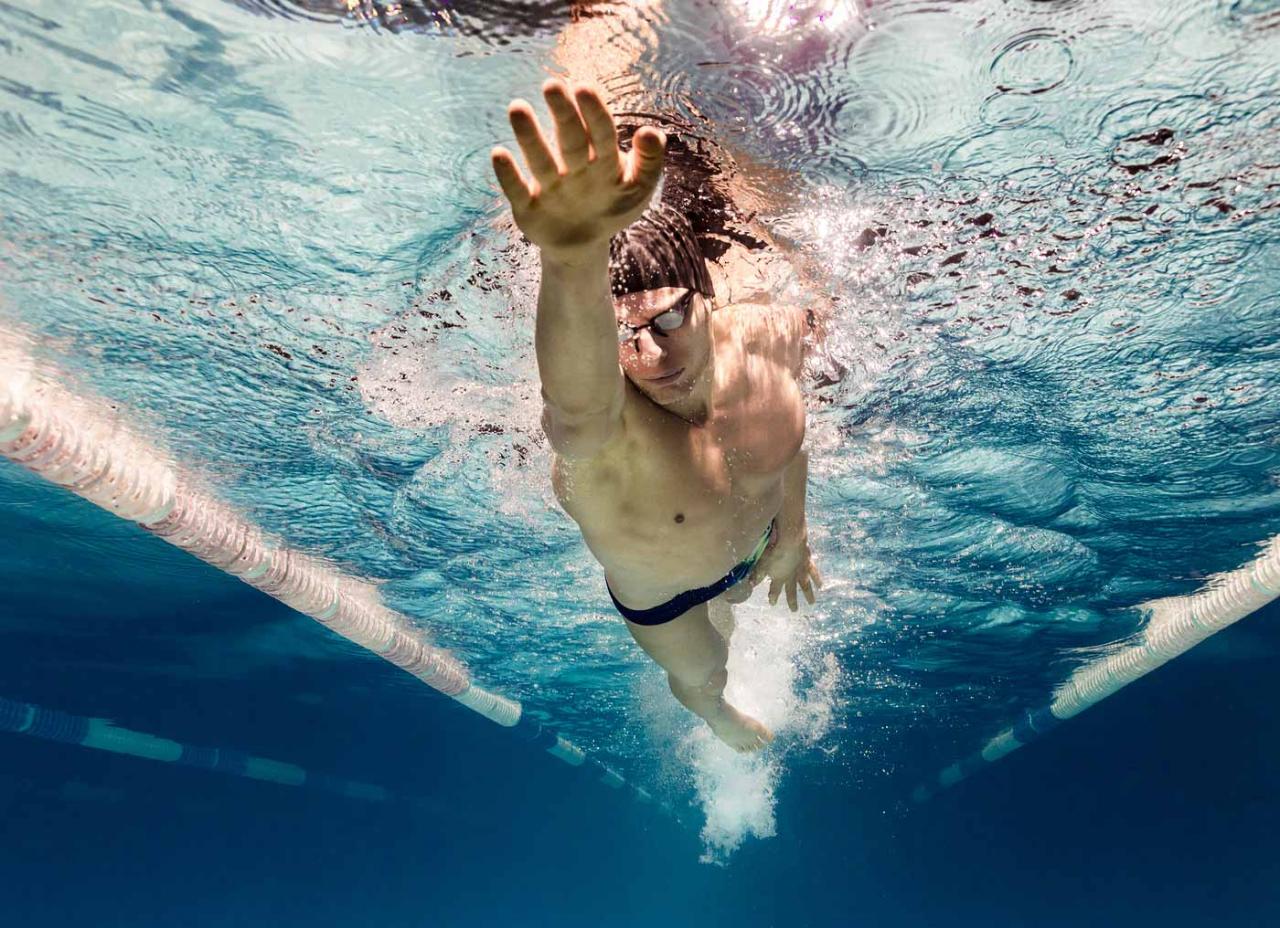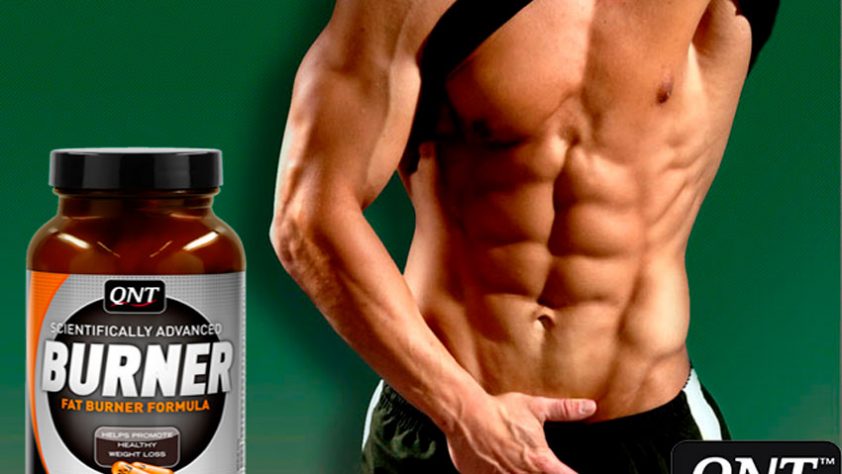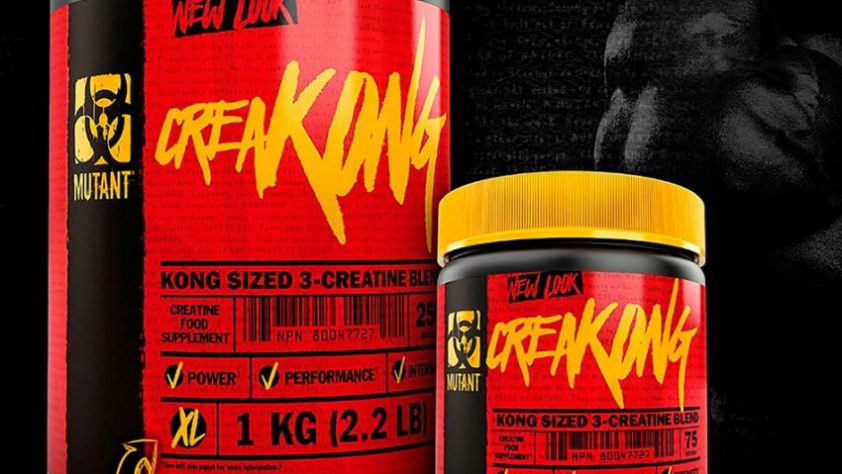Swimming training – what is the benefit?
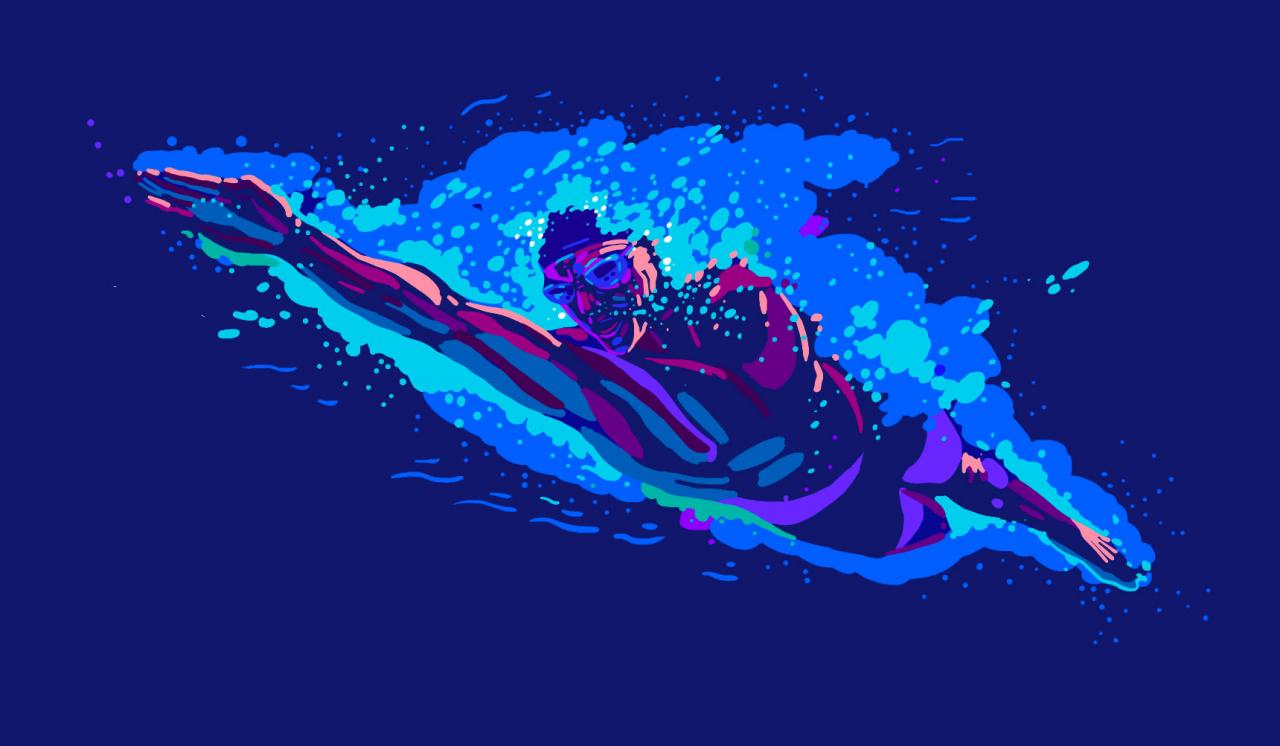
Without a doubt, swimming is one of the best types of physical activity for muscle development: strengthening the cardiovascular system, increasing the strength and performance of the muscles. Through regular pool training, the ligaments and tendons gain strength and elasticity at the same time, and the muscles throughout the body become significantly more resilient.
At the same time, swimming has the greatest positive effect on the figure in adolescence – training in the pool helps not only to develop a wide back and strengthen the muscles of the body, but also contributes to stretching in growth due to a comprehensive improvement in posture. In other words, for teens, swimming lays the foundation to help build muscle and build up quickly in the future.
Speaking about professional sports, we note that the rules of sports standards for swimming indicate that the title of candidate for master of sports can be obtained as early as 10 years old, and the title of master of sports – at 12 years old. Due to such age limits, in practice, junior swimming categories are practically not registered – children who go in for swimming can receive adult categories from the age of 8.
Swimming and muscle growth
It should be understood that while swimming, the work involves predominantly slow muscle fibers , while training in the gym or strength training with a barbell affects the fast fibers. Despite the fact that swimming muscles develop, become stronger and more enduring, their volume and weight increase only partially.
If your main goal is precisely to gain muscle mass, you need training with heavy weights (for example, with dumbbells or with a barbell), as well as doing a low number of repetitions of the exercise (set of 3-4 sets of 8-10 repetitions). Among other things, maintaining a high-calorie sports diet is important for muscle growth .
What muscles work when swimming?
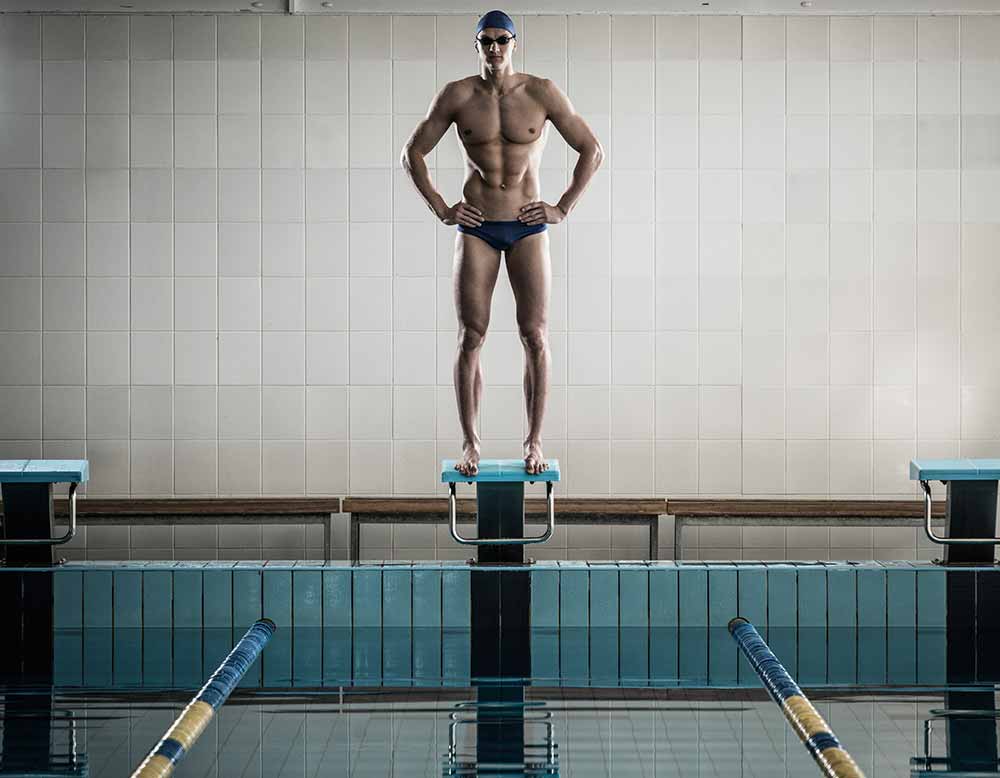
The main working muscles in swimming are the muscles of the shoulder girdle, back and deep muscles of the spine. In fact, these muscles are responsible for creating correct posture , and, among other things, prevent the spinal discs from shifting and protect against curvature of the spine. Because of this factor, swimming is often used in restorative physiotherapy.
Also, when swimming, a significant part of the load falls on the muscles of the body and the press, plus the muscles of the legs and arms (that is, the biceps and triceps). In this case, the final answer to the question of which muscles work when swimming is what style of swimming you do, how much you can swim in the pool and how good your technique is.
Swimming types and key working muscles:
- Swing on the chest – the main load falls on the pectoral muscles (both large and small), the broadest muscle of the back (including the trapezium), as well as the biceps and triceps muscles of the shoulder. Part of the load falls on the legs (thigh and calf muscles).
- Breaststroke – the main working muscles are the muscles of the legs (gluteal muscles, thigh muscles, calves), the secondary load falls on the muscles of the arms and shoulder girdle.
- Butterfly – almost all the muscles of the body are simultaneously involved in the work. The key load in this type of swimming falls on the broadest muscles of the back and legs, however, the abs, pecs and muscles of the arms are also involved in the movement.
- Back crawl – in this type of swimming, as in chest crawl swimming, the load falls primarily on the upper body. The leg muscles are involved only in the jogging movement. However, this type of swimming requires special mobility of the shoulder joint.
How to swim to build abs?
Training the abdominal muscles during swimming begins with the ability to consciously tense the muscles of the abdomen and core during movement, as well as the ability to maintain these muscles in light tension during the day. In addition, the correct breathing technique is also important (especially when swimming with a breaststroke) – without it it is difficult to achieve a beautiful press.
However, swimming has a very limited effect on fat burning processes – if your goal is to lose weight and get rid of 10-15 kilograms of excess weight, you should not start with swimming, but with a complete revision of your diet and adherence to even a simple diet . In fact, swimming even with a special board does not burn a significant amount of calories.
Is it possible to pump up the chest by swimming?
For training for hypertrophy and for gaining muscle mass, a constant progress of loads is necessary, while during swimming, the load and resistance are almost constant. In addition, the muscles of the chest develop more like pushing movements ( push-up exercises and bench press ), and when swimming, the mechanics of movements are completely different.
Undoubtedly, regular swimming will help develop the pectoral muscles and make them more symmetrical – but you should not expect a noticeable increase in volume. Even doing daily push-ups at home will be more effective for growing chest muscles. Keep in mind that most swimmers work out in the gym to build muscle.
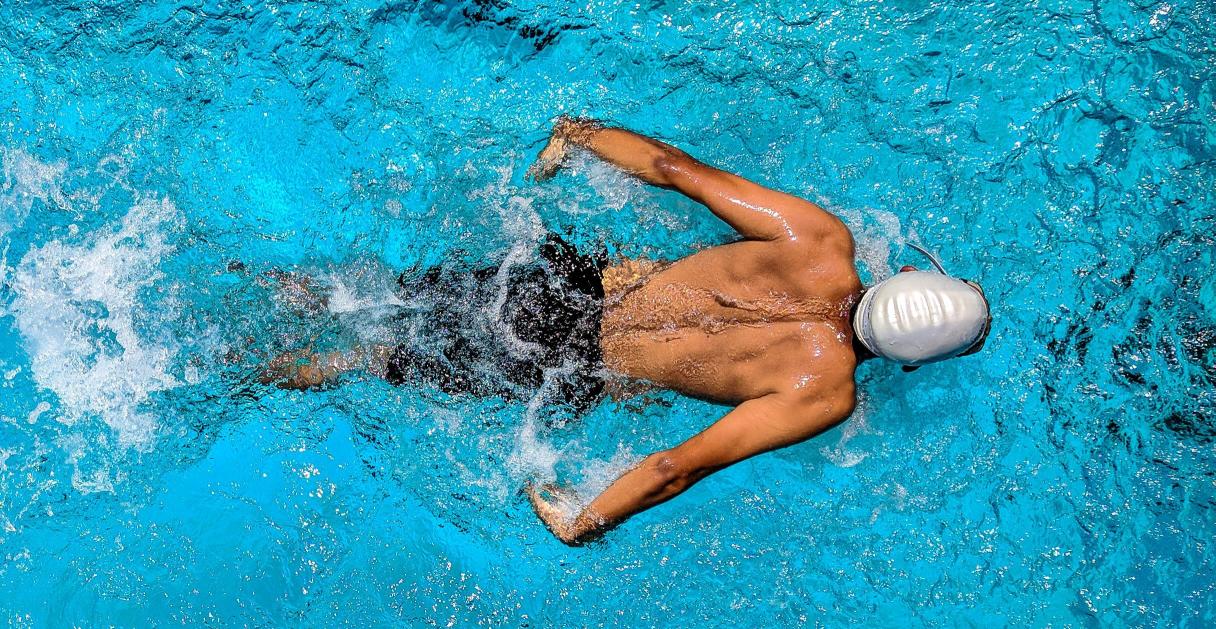
Swimming and breathing training
When swimming, due to the fact that a person learns to overcome oxygen starvation, not only general muscle tone improves, but also the work of the circulatory system and even the brain (it is believed that swimming helps to fight stress). It is also important that swimming develops the heart – the most important muscle of the body, without the proper functioning of which life is impossible.
Regular swimming training optimizes the respiratory system and increases the useful volume of his lungs, as a result of which the chest gradually expands – this is precisely what becomes a key factor in creating a classic swimmer’s figure. The second factor, as we mentioned above, is regular strength training and strength training pullover .
How to make a swimmer’s figure?
On the one hand, swimming increases the rib cage and widens the shoulders, giving the figure a characteristic triangular shape. But, on the other hand, most swimmers combine swimming with strength training in the gym, alternating them – in this case, swimming acts as a tool for active recovery .
This is what ensures the complex development of muscles – endurance and strength with the help of swimming and an increase in volume with the help of strength exercises. Not to mention drawing the relief of muscles or losing weight – recall that losing weight with just swimming is almost impossible, since it also requires control over the diet. Basically, swimming by itself only increases your appetite.

